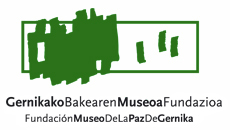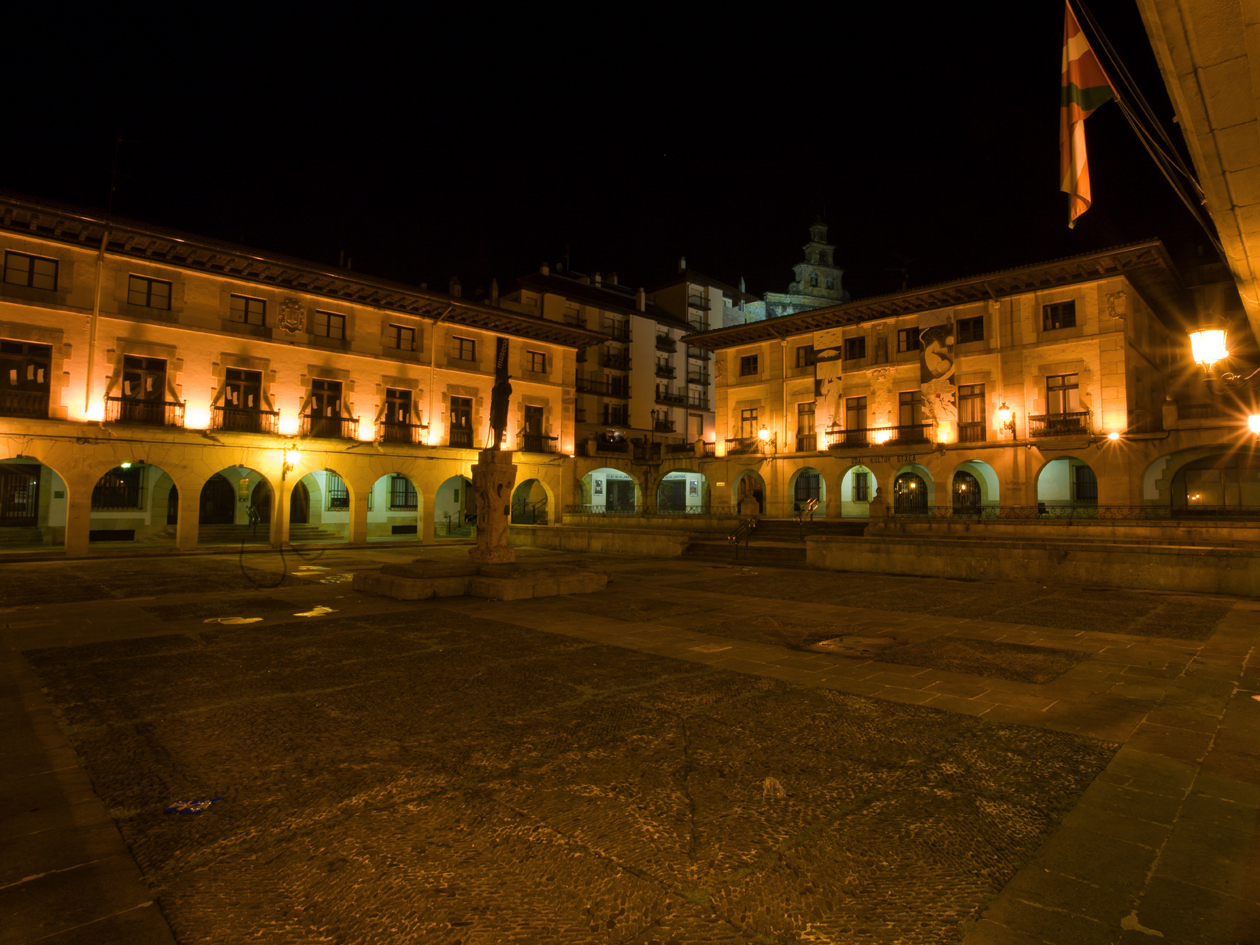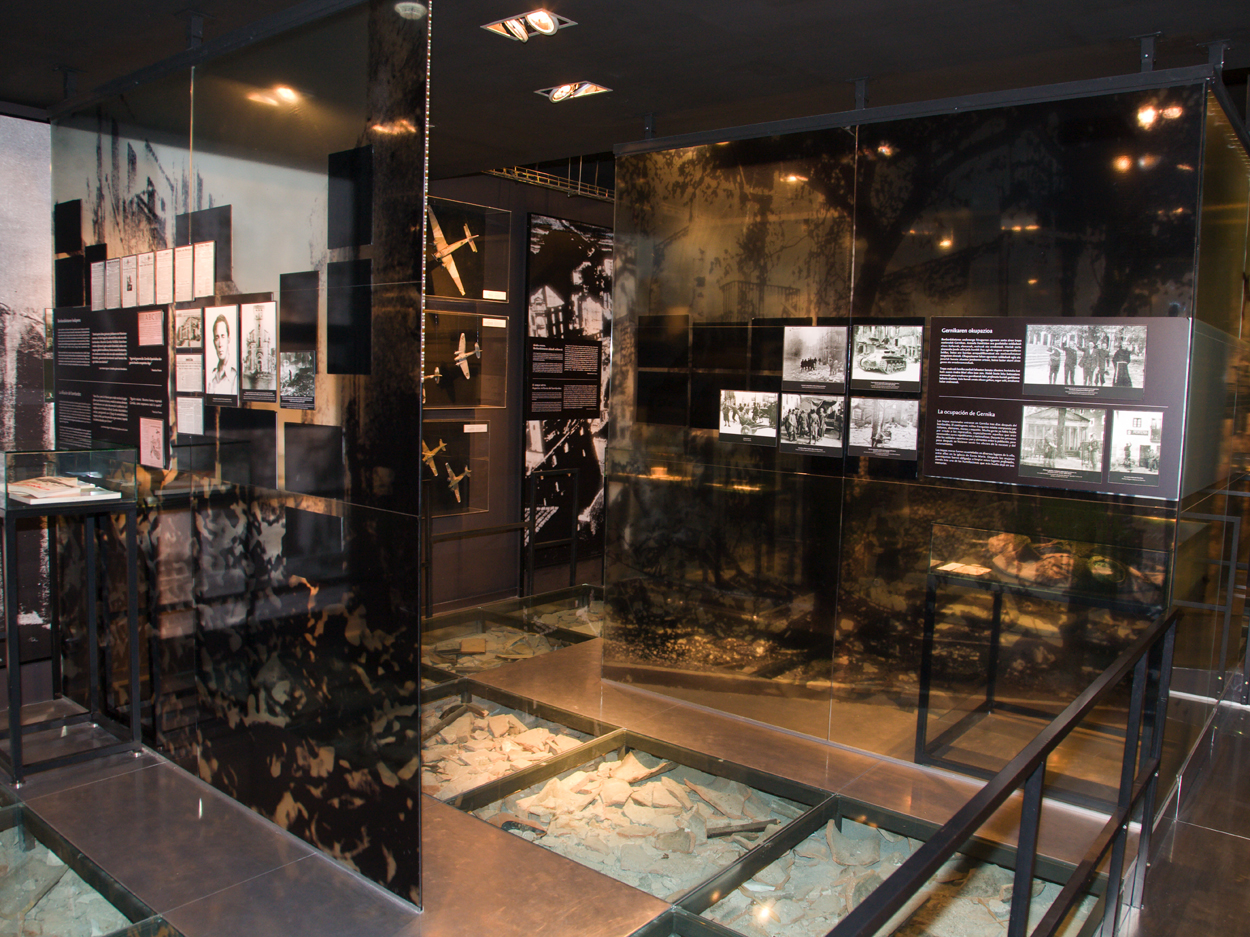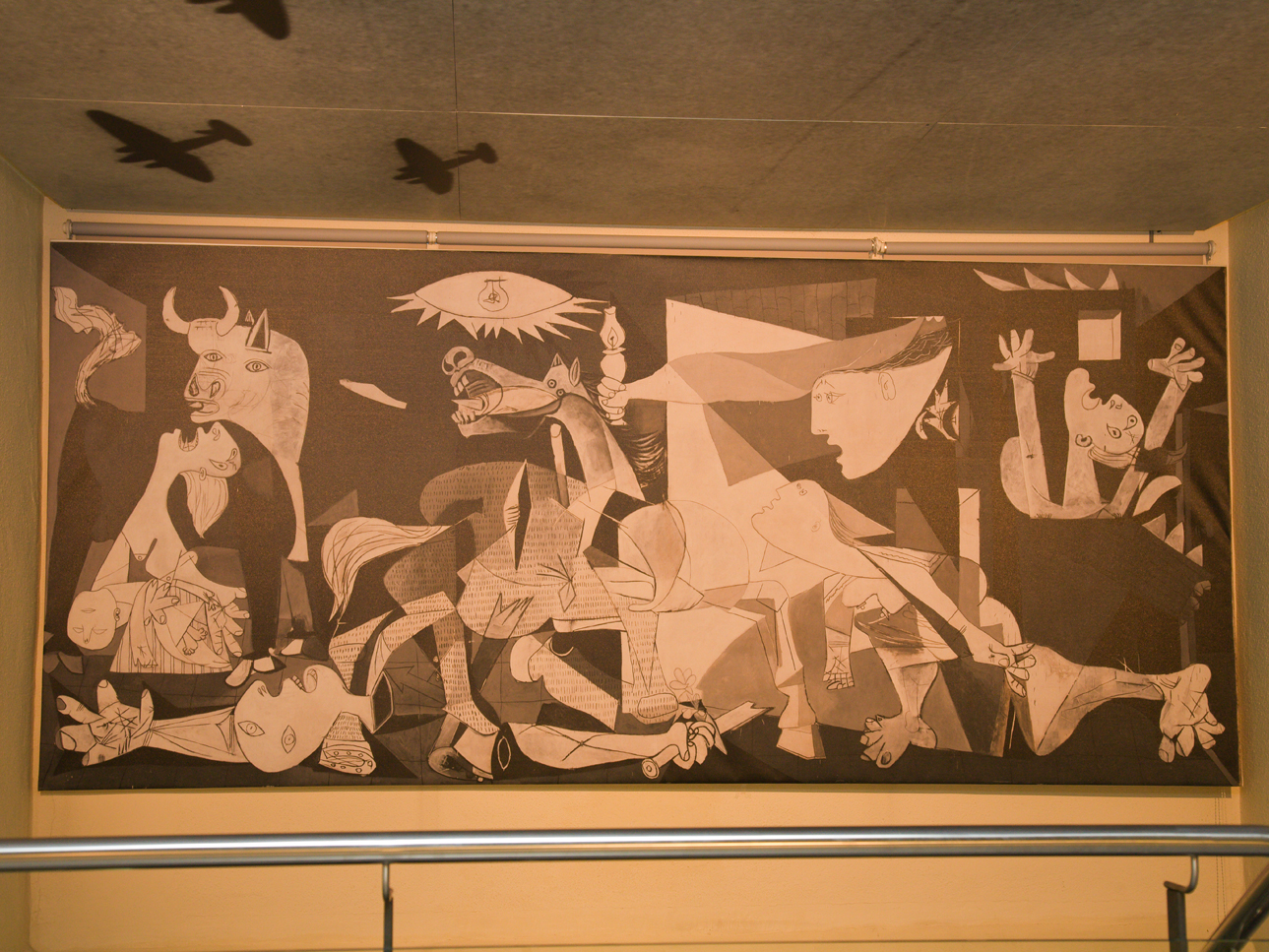
“It can be a place of meeting, story telling, remembering, understanding, explanations, forgiveness and letting go. It can help to explain to the rest of the world – to tourists and visiting diplomats and politicians how and why such violence comes about, and how they might prevent future acts in other parts of the world. But finally and perhaps most importantly it can help to transform the attitude and feelings Cambodians have about our selves. We are not proud of our past, we often question ourselves – how could we allow such things to happen. We need mechanisms to understand, and then to see also our own successes.”
Soth Plai Ngarm
CPCS Founder & Peace Museum Visionary
Cambodia is home to innovative peacebuilding approaches that helped the country regain stability and peace. Much attention is given to the three decades of war that affected Cambodia, particularly the Khmer Rouge, without explaining the root causes of the conflicts and the subsequent peace process and national reconciliation. With half of the population born after the peace accords were signed in 1991, many young Cambodians do not understand how the conflicts happened. They do not understand that making and sustaining peace is more difficult than making war.
The Cambodia Peace Museum will address this by providing an opportunity for Cambodians to learn about the past. The museum will explore more deeply the causes of conflict. While Cambodia is home to museums and memorials about the wars, especially to the Khmer Rouge, it does not have a national space to celebrate its innovative approaches to peacemaking. The Cambodia Peace Museum will emphasise how Cambodia has overcome decades of war, celebrating the resilience of the Cambodian spirit. By showcasing positive examples of peace in Cambodia, the museum will contribute to a positive nationalism where Cambodians can share pride in the successes of their country.
At the core of the museum is a series of exhibits that showcase Cambodia’s many approaches that created peace and stability, like the Win Win Policy, weapons reduction, and landmine clearance and victim assistance. These exhibits will demonstrate the unique position of Cambodia to be a centre for peace, where the world can learn from its experiences to contribute sustainable peace everywhere. Exhibits will include Cambodia’s contribution to peace in other countries through peacekeeping missions.
To understand where the approaches emerged from and why they were needed, the Cambodia Peace Museum will include exhibits on the country’s conflict history. These exhibits will look deep into the past, to the Khmer Empire through colonisation, to show the underlying causes of the wars in twentieth century. Exhibits will continue from the United States carpet-bombing from 1969 until 1973, until the signing of the Paris Peace Accord in 1991, to present a comprehensive story of how conflict has unfolded throughout the country’s history.
The Cambodia Peace Museum project is hosted by Cambodian nongovernment organisation the Centre for Peace and Conflict Studies (CPCS). CPCS is seeking financial support and archives to further develop the Cambodia Peace Museum.
For more information contact us at:
www.centrepeaceconflictstudies.org/peace-museum
centrepeaceconflictstudies@gmail.com
www.facebook.com/cambodiapeacemuseum
Twitter @CambPeaceMuseum
















